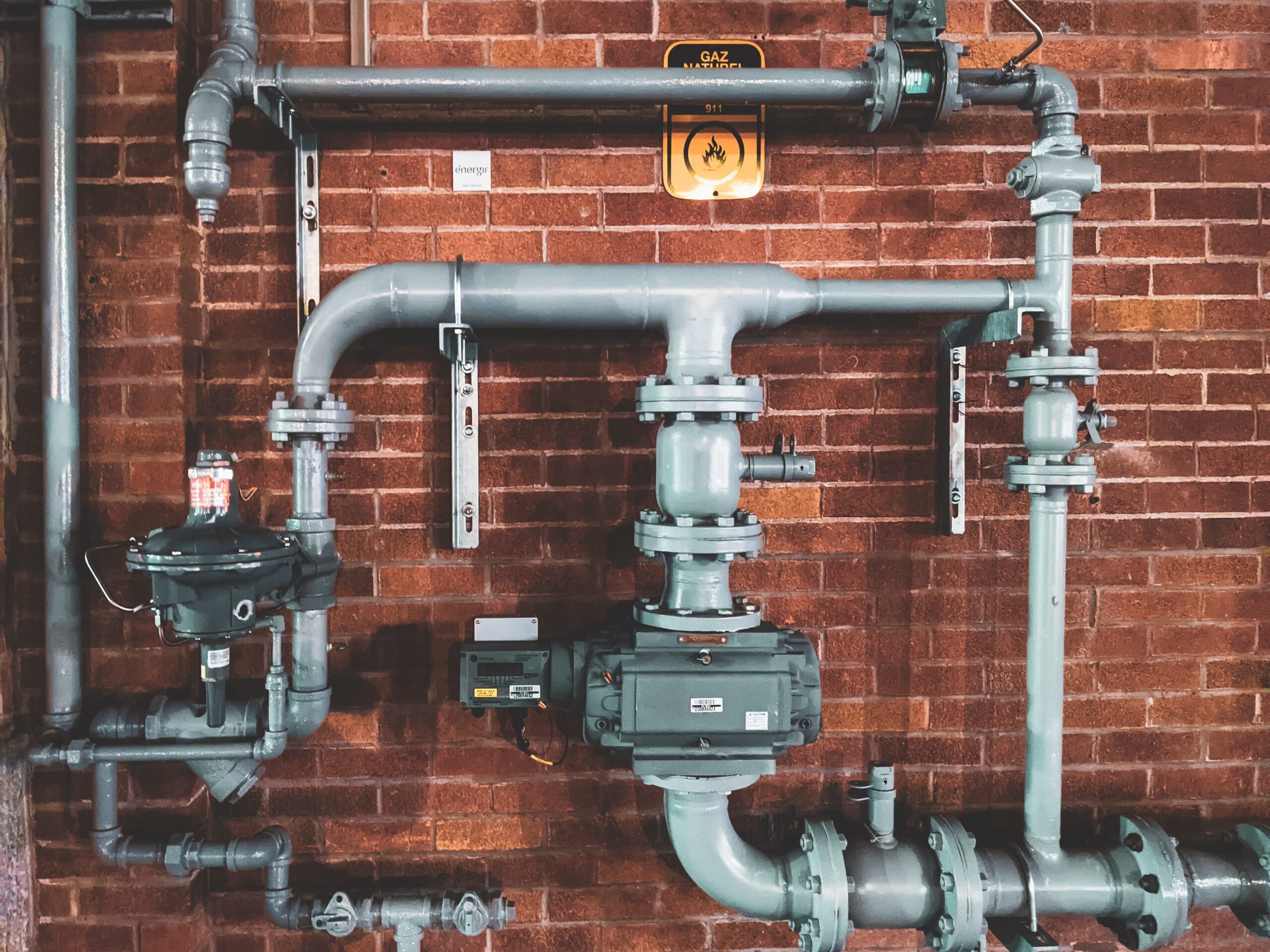Download our publication on district energy
This article is part of our publication ‘District Energy’
Download nowPerspective
District energy
District heating


Shifting from inefficient individual stoves to one coherent district heating system protects the environment, spurs economic development and improves the quality of life.
Shangri-La is plagued by air pollution from individual stoves using fossil fuels and wood as the primary heat source among its 50,000 residents. Now air pollution is substantially reduced and protection of the local ecological environment is promoted by introducing district heating. Shangri-La is located 3,300 meters above sea level in the northwest of Yunnan Province in China. There is a substantial need for heating in Shangri-La. Daily temperatures are low andcan vary quite dramatically in winter, from as low as -27 °C to 1 °C.
This article is part of our publication ‘District Energy’
Download nowA new and comprehensive district heating system is set up to supply five districts of Shangri-La. ABB supplies the equipment for the system; from the steam to water heat exchanger in the boiler room to the end user installation. This includes electrical and mechanical equipment needed to supply
sufficient heat to the citizens.
The automation and electrical solution interconnects and monitors the new heating plants for maximum efficiency, which helps providing a safe and reliable source of heat for about 50,000 residents. In addition, air-source heat pumps are installed, thereby changing from individual heat-only boilers and stoves to boilers based on CO2 free electricity from hydropower. The pumps boost the system`s energy efficiency and help improve quality of life substantially by reducing coal-fired emissions.
To ensure that the heating needs of theresidents are met, five local automation and control systems communicate with a central control and monitoring system in order to deliver enough heat in the most efficient way.
The shift from the use of stoves to the district heating systems will provide substantial environmental benefits by reducing CO2 emissions by 105,000 tonnes a year and 460 tonnes of dust a year thus, among others, saving 17,000 tonnes of coal each year. Over decades, energy-efficient and environmental friendly district heating solutions have been developed and implemented by Danish companies including ABB in the Northern part of Europe, resulting in a substantial decrease in CO2 -emssions.
solutions
Combined heat and power production
+6
publications
Combined heat and power production
+9